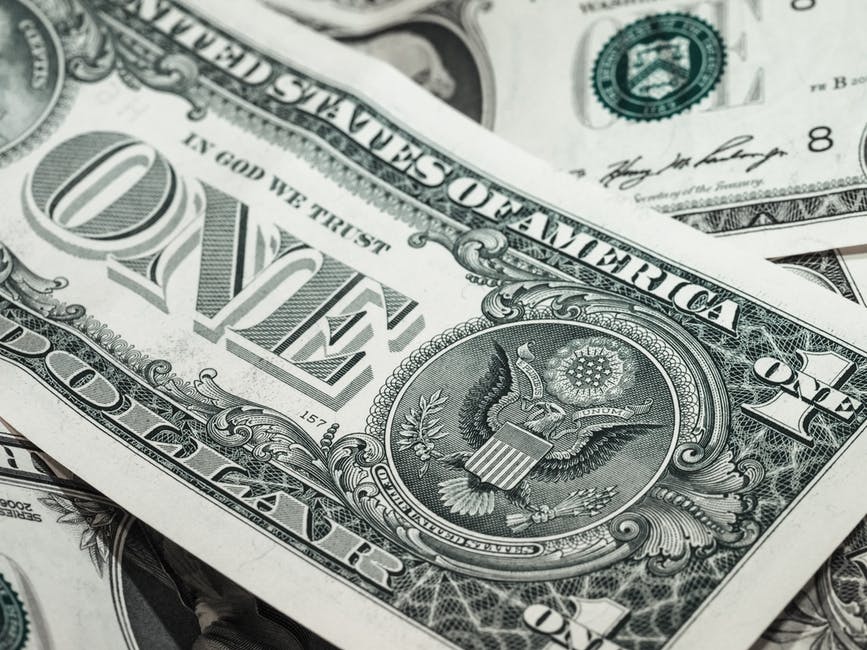The high amount of leveraged loans issued to the US market has recently raised concern among financial experts, US lawmakers, and regulatory agencies.
The 1.2 trillion US leveraged loan market with outstanding CLOs amounting to over 700 billion has been a booming industry over the last decade and continues to expand.
What are Leveraged Loans?
Let’s understand the term first.
Leveraged loans are high-risk loans offered to borrowers. They are given to businesses or companies that already carry a sizeable amount of debt or poor credit history. Due to the high risk involved, the interest rate is equally high.
Since banks demand that borrowers meet a set of requirements, such as a good credit rating before disbursing loans, they securitize and sell these loans from risky borrowers to loan investors. Collateral loan obligations (CLOs) are the vehicles of these loans.
If there is so Much Risk Involved, why are they Popular among Investors?
The popularity in CLOs as an investment option can be explained by the currently low default rate of leveraged loans coupled with their excellent performance during the 2008 financial crisis.
The high returns these loans attract due to their risky nature, further makes the CLOs a favorite among investors.
How do they Work?
A leveraged loan can be too heavy a risk for a lending institution to carry. An arranger takes a number of these high-risk loans, arranges and packages them into CLOs (Collateralized Loan Obligations) that they then apportion to investors based on their risk tolerance.
If at the initial interest rate offered to the borrower, the demand for the CLO is low, banks can raise or lower it. The move is known as an upward or reverse flex.
How Do Companies use Leveraged Loans?
Here are the main reasons that companies issue these loans.
To refinance existing debt
Companies or individuals that are already deep in debt use these loans to get a longer repayment period. It helps the borrower buy time to source funds to repay the loan burden without falling into insolvency or defaulting.
Recapitalization of the balance sheet
This is where a leveraged loan supports a company in changing the composition of its capital structure. The company does this by either issuing debt to repurchase stock that shifts the balance sheet towards debt or selling new equity that brings in a new investor.
To finance mergers and acquisitions
A private equity firm can purchase a public entity, making it private. A leveraged buyout is highly dependent on debt as the source of funds, and it could represent over half of the funds. The level of leverage will depend on the issuer’s financial stability, the nature of the industry, and the strength of the market.
Since 2015, buyouts, mergers, and acquisitions account for about 40% of institutional leveraged loan issuance in the US.
Effect of the Loans on Investors
The high-interest rate and floating rate of these risky loans is a juicy deal for investors. The returns on these loans are significantly higher than other safer investments.
Leveraged loans are offered to companies whose credit score is below par. The risk of default or bankruptcy from such companies is significantly high and could lead to significant losses to the investor.
During the 2008 crisis, the loss rate for CLOs with leveraged loans was lowest, compared to the rest of the assets in the financial market. This happened because the loans hold first-lien, giving them protection against any financial difficulty the company may face.
However, according to SPG global, the average debt cushion has decreased. Companies that issue leveraged loans with no junior debt have increased by nine percent since 2007.
With less subordinated debt to absorb the losses first, these high-risk loan investors will receive a bigger blow in case of bankruptcy or default.
In addition to the high risk these loans carry, more than three-quarters of the loans are covenant-lite. They hold few restrictions on the borrower and offer little protection to the lenders. This is a rise from 25% – the section of the leveraged loan market before the crisis that was considered “covenant-lite”.
Protective covenants are part of a loan agreement limiting the borrower from taking actions that could hurt the lender’s interests. Due to the high demand for these loan investments, most investors are willing to accept flexible covenant structures.
The weaker protection against a borrower who has a proven poor capacity to repay is without a doubt, a potential financial crisis waiting to happen.
Its Effect on the Economy
The exponential growth of leveraged loans has attracted non-banks to trade in the industry. The risk in this is that these non-bank institutions, such as private equity and securities firms fall out of the regulated financial system.
The high demand for the loans due to easy technology and easier to find lending service with www.justrightloans.com , has shifted the power from the lender to the borrower, this coupled with the poor regulation of the lending practices by non-bank institutions means that the industry is operating blindly.
There is no transparency in the borrower’s ability or inability to pay. The loans are dished out with low precaution. In such a case, the risk of clients defaulting rises higher. If insolvency problems occur, the implications would be severe. The investors would pull out in a panic.
With these loans being an integral part of business funding, especially in funding acquisitions and mergers, a fall in the industry can negatively affect the corporate world.
A fall in the leveraged loans sector due to unregulated activities from these non-bank institutions could also affect the banking sector in a number of ways.
- The banks offer credit to these non-bank institutions, which they use to underwrite leveraged loans.
- The banks also provide loans to the investors who use then use these funds to buy collateralized loan obligations containing leveraged loans.
- The banks have underwritten these loans too.
- Fifty percent of the global buyers of CLOs are banks, these CLOs contain leveraged loans and a downturn in the industry could hit the banks hard.
What should be done About the Situation?
First things first, the non-bank institutions underwriting leveraged loans should be transparent about their practices. This can allow for regulating bodies to have a clear picture of the level of these high-risk loans in the market, and the key players in the field. By doing this, regulation can be easier, and risk can be detected early and reverted.
Despite the competition for these loans, lenders should be strict on the rules to follow when investing in these loans. Protective covenants are not to benefit the borrower, but the lender. Too much flexibility on these covenants can hurt the industry.
In conclusion
Leveraged loans as a solution to the companies that do not qualify for the regular bank loans can be beneficial to the economy.
However, the high returns and the floating rate have attracted investors into the industry in a massive way. This has encouraged more companies to issue leveraged loans and negotiate for friendlier terms. Friendlier terms translate to less restriction, which is an added risk to an already high-risk investment.
The insurgence of non-bank players in the industry has led to poor regulation of the industry and increased recklessness. The situation, if not taken under control, could have adverse effects on investors, the banking sector, and the overall state of the economy.





2 comments
… [Trackback]
[…] Find More on on that Topic: thelibertarianrepublic.com/leveraged-lending-in-the-us-and-its-impact-on-the-economy/ […]
… [Trackback]
[…] Read More Information here on that Topic: thelibertarianrepublic.com/leveraged-lending-in-the-us-and-its-impact-on-the-economy/ […]